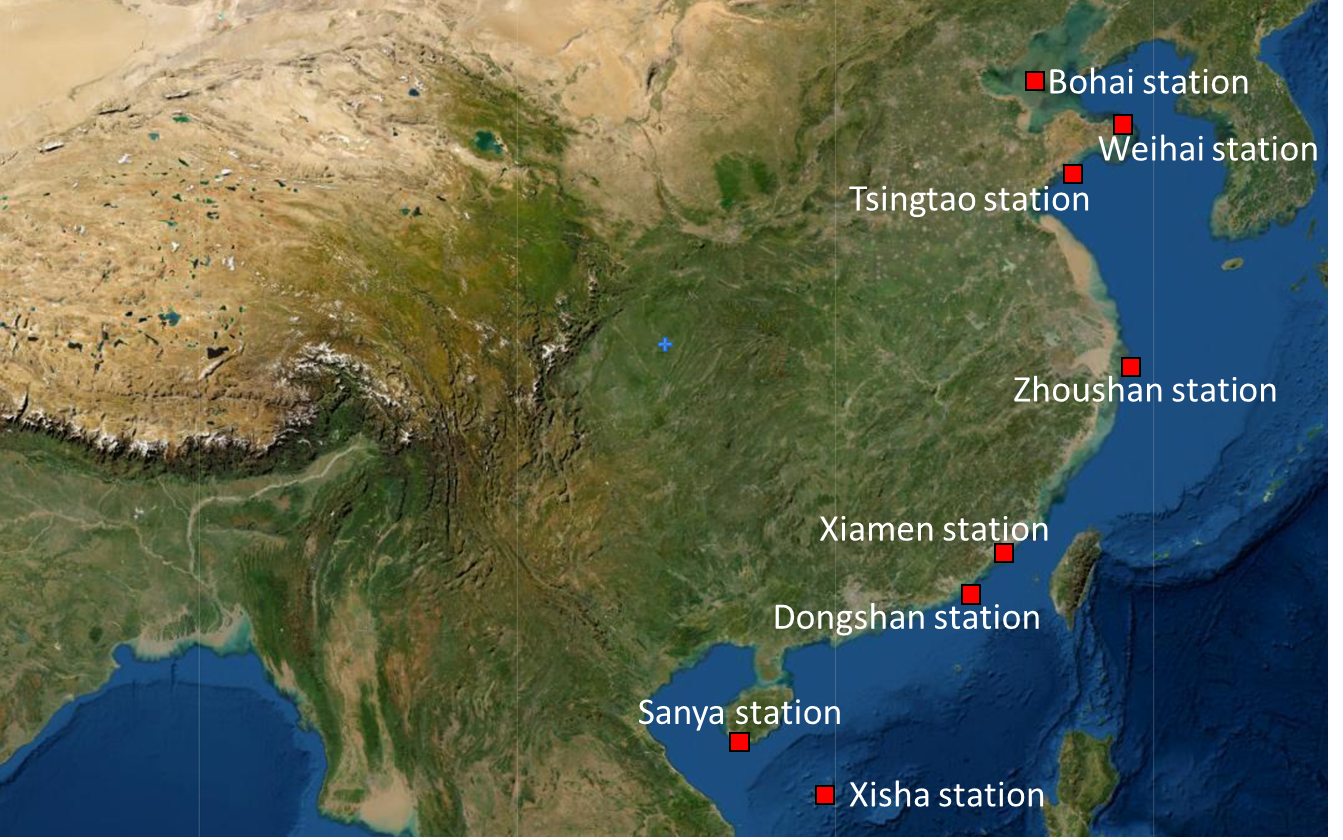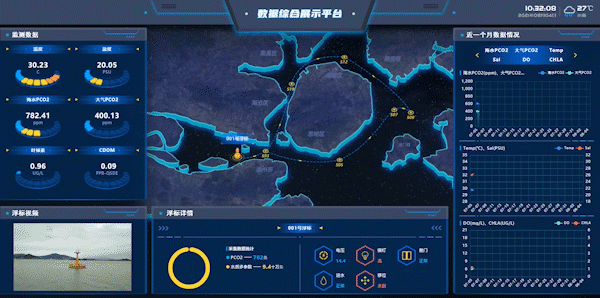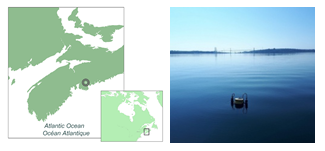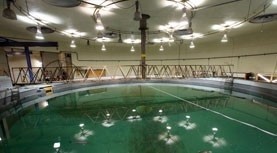China seas have a large span, longitudinally spanning temperate, subtropical and tropical zones, complex environmental conditions and significant differences in ecosystem structure. The construction of a long time series observation network of representative marine environment will help to deeply analyze the response and feedback of marine ecosystem under the background of global climate change. Since 2013, we and the members of COCA(the Pan-China Ocean Carbon Alliance) have jointly built the "Xisha marine observation station" representing the oligotrophic sea area, the "Zhoushan marine observation station " representing the eutrophic estuarine environment, “Xiamen marine observation station”, "Sanya marine observation station " and "Bohai marine observation station " representing the impact of offshore human activities on the environment, and the marine observation station in Shandong representing the unique aquaculture environment in China, A long time series observation network is built.

Figure 1. Observation Systems in China seas

Figure 2. Observation system in Sanya and offshore oil drilling platform of Bohai Sea
Taking Xiamen station as an example, Xiamen is located at the estuary of Jiulong River and belongs to a typical estuarine area. By setting observation buoys in the estuarine area, we carry out observation voyages periodically, and use the high-precision time series observation data provided by the observation buoys to deeply study the multi interface carbon flux and its key influencing factors in the marginal sea of the continental shelf. Combined with the observation voyage, we can reveal the mechanism of terrestrial organic carbon decomposition and transformation process mediated by micro organisms, which will provide important support for ONCE related research.


Figure 3. Observation buoys in Xiamen
At present, the main reason for the difficulty in the development of ocean negative emissions field is the lack of large-scale verification experimental sites. These observation stations and their regions have the inherent natural conditions for building an international demonstration base of ocean negative emission. At the same time, these areas which cover different typical marine environments will also provide us with an ideal ocean negative emission test site.
An ONCE study station in the frigid zone----BEDFORD BASIN
As an cooperative base between Xiamen University and Dalhousie University, the foundation of LORE (Joint laboratory for Ocean Research and Education,“LORE”) provide great opportunity for team members to field observation and laboratory experiments. The field observation was promoted with the Bedford basin time series monitoring program, while the indoor manipulation experiments were taken out in the Aquatron system.
The field monitory has been put out nearly 2 decades, and it contained the in situ monitory with buoy in the center of the basin and weekly cruises onboard. The program has expanded interest to many research groups, including Dalhousie University and Xiamen University, for all the researchers think that the regular sampling series with such a variety of data is invaluable in monitoring environmental fluctuations over time and helpful in modelling and forecasting.

Figure 1. Location and view of time series site
The Aquatron has been considered to be one of the best in the world to date, and it is the largest university aquatic research facility in Canada. The system was well suited to accommodate almost any lab-based aquatic experiment. It contains six large tanks and a wide variety of smaller tanks, research spaces and equipment, which can provide high quality, controlled ecology conditions year round, as well as a professional team of both biologists and mechanical operators who are available to run the systems and help researchers. The Aquatron system has provide the unite team members for ecoystem study for more than 5 years, and we have achieved some scientific goals with this ideal set-up.

Figure 2. Internal view of Aquatron(From Aquatron partner website)
(Edited by Jia Sun)
(Editing Contact:xjz@xmu.edu.cn)